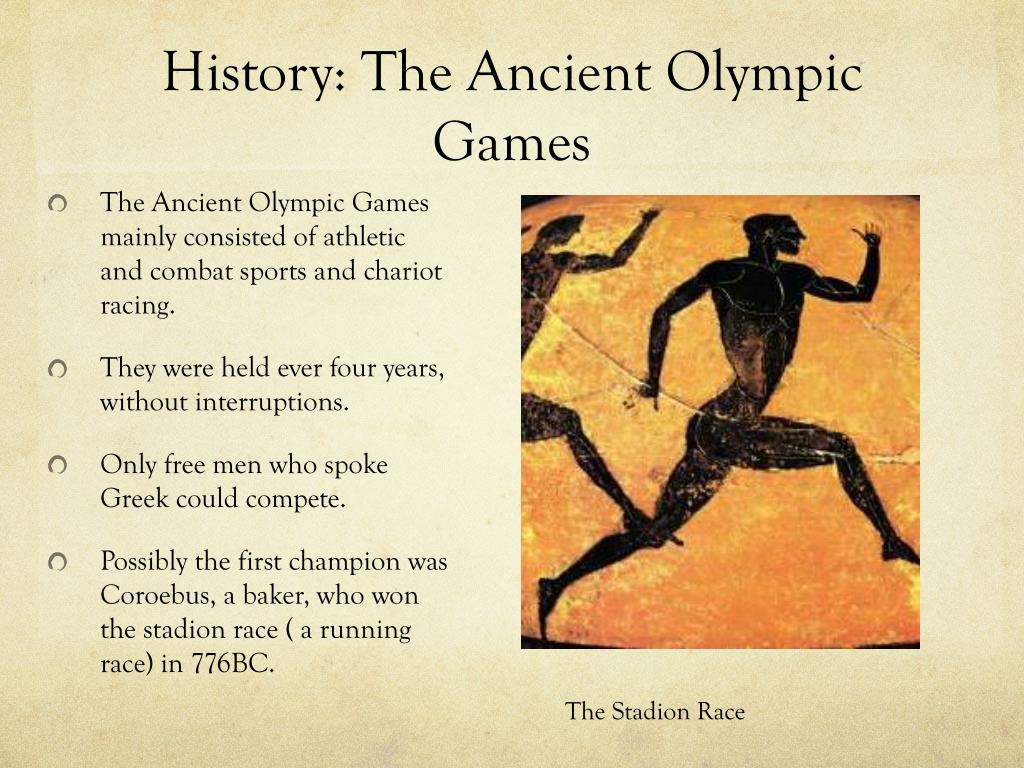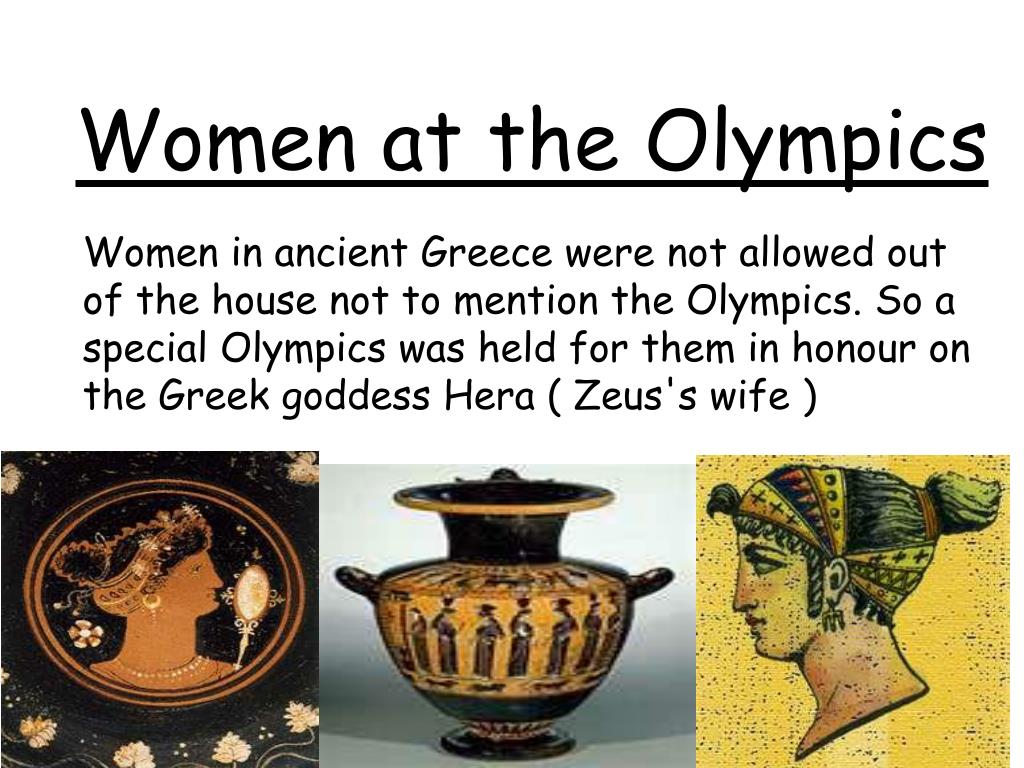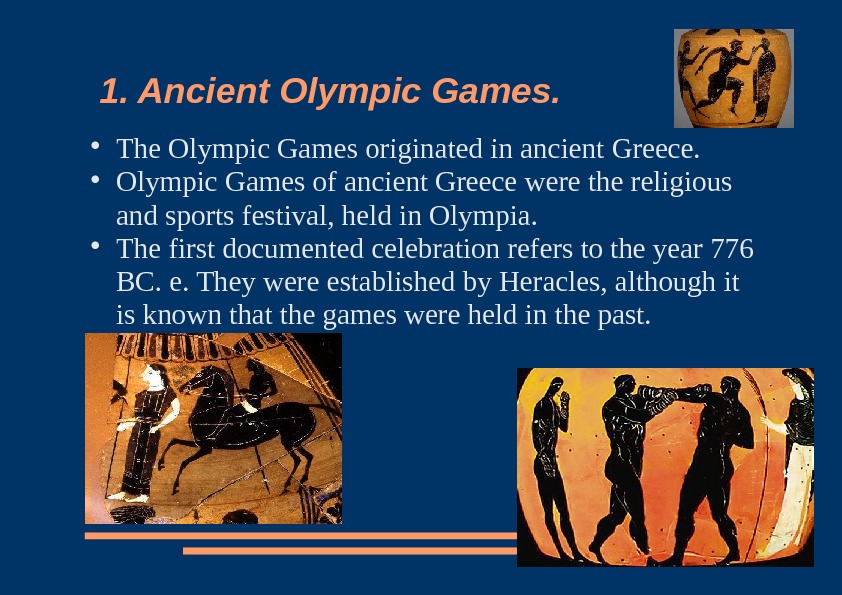
The Ancient Olympics were a series of athletic competitions held in Olympia, Greece, from the 8th century BC to the 4th century AD. These games were held to honor the Greek god Zeus and were attended by athletes from various Greek city-states. Here are some interesting Ancient Olympics facts for kids:
1. Origins of the Olympics

The Ancient Olympics were first held in 776 BC and were dedicated to Zeus, the king of the gods in Greek mythology. The games were held every four years in Olympia, Greece, and were a celebration of sport and culture.
2. The Athletic Events

The Ancient Olympics included a variety of athletic events such as running, jumping, discus throwing, and chariot racing. The most prestigious event was the stadion race, a foot race of approximately 192 meters.
3. Women in the Ancient Olympics

Women were not allowed to participate in the Ancient Olympics, but there were separate games held for women in Olympia every four years. These games were called the Heraean Games and were dedicated to the goddess Hera.
4. The Olympic Truce

The Olympic Truce was a tradition that began in Ancient Greece. It was a period of peace declared before and during the Olympic Games. The truce allowed athletes and spectators to travel to Olympia safely and ensured that the games were not disrupted by warfare.
5. The Olympic Torch

The Olympic Torch is a symbol of the modern Olympic Games, but it also has roots in Ancient Greece. In the Ancient Olympics, a flame was lit at the beginning of the games and burned throughout the competition. The flame was a symbol of the connection between the games and the gods.
6. The Olympic Medals

Ancient Olympic winners did not receive medals like modern-day athletes. Instead, they were awarded an olive wreath made from the branches of the sacred olive tree in Olympia. The wreath was a symbol of victory and honor.
7. The Olympic Stadium

The Ancient Olympic Stadium in Olympia could hold up to 45,000 spectators. The stadium was made entirely of marble, and the track was made of packed soil. The stadium was used for various events, including the stadion race and chariot racing.
8. The Olympic Athletes

Ancient Olympic athletes were men who trained for months or even years before the games. They competed naked and were judged on their physical abilities and performance. Winning an Olympic event was considered the highest honor an athlete could achieve.
9. The Olympic Judging
In the Ancient Olympics, there were no referees or officials to make judgments. Instead, the athletes' peers judged them. The judges were other athletes who had already competed in the same event.
10. The Olympic Prize

The prize for winning an Ancient Olympic event was not a medal or a trophy, but rather the honor and recognition of being a champion. Winning an Olympic event was considered the highest honor an athlete could achieve.
11. The Olympic Creed

The Olympic Creed is a statement that represents the ethos of the Olympic movement. The creed was first introduced by Pierre de Coubertin, the founder of the modern Olympic Games. The creed states, "The most important thing in the Olympic Games is not to win but to take part, just as the most important thing in life is not the triumph but the struggle."
12. The Olympic Oath

The Olympic Oath is a pledge made by one athlete and one judge at the opening ceremony of the Olympic Games. The oath promises that the athletes and judges will uphold the spirit of fair play and sportsmanship throughout the games.
13. The Olympic Hymn

The Olympic Hymn is a musical composition that is played at the opening ceremony of the Olympic Games. The hymn was composed by Spyridon Samaras, and the lyrics were written by Kostis Palamas. The hymn is a tribute to the Olympic spirit and the ideals of the Olympic Games.
14. The Olympic Flag

The Olympic Flag is one of the most recognizable symbols of the Olympic Games. The flag is made up of five interlocking rings, each representing a continent: Africa, the Americas, Asia, Europe, and Oceania. The rings are colored blue, yellow, black, green, and red, respectively.
15. The Olympic Motto

The Olympic Motto is a phrase that represents the values of the Olympic Games. The motto is "Citius, Altius, Fortius," which is Latin for "Faster, Higher, Stronger." The motto encourages athletes to strive for excellence and to push themselves to their limits.
16. The Olympic Rings

The Olympic Rings are a symbol of the modern Olympic Games, but they also have roots in Ancient Greece. The rings represent the unity of the five continents that participate in the Olympic Games: Africa, the Americas, Asia, Europe, and Oceania.
17. The Olympic Village

The Olympic Village is a residential complex built for the athletes and officials of the Olympic Games. The first Olympic Village was built for the 1932 Summer Olympics in Los Angeles. Today, the Olympic Village is an important part of the Olympic Games, providing a home away from home for athletes from around the world.
18. The Modern Olympics

The modern Olympic Games began in 1896 and are held every four years in different cities around the world. The games include a variety of athletic events and are attended by athletes from around the world. The modern Olympics have become one of the most prestigious sporting events in the world.
19. The Olympic Legacy
The Olympic Games have a long and rich history that spans over two thousand years. The Ancient Olympics were a celebration of sport and culture, and the modern Olympics continue to promote the ideals of fair play and sportsmanship. The legacy of the Olympic Games continues to inspire people around the world to strive for excellence and to pursue their dreams.
20. Conclusion
The Ancient Olympics were a remarkable feat of human achievement and a celebration of the human spirit. These games were a symbol of unity and pride for the Greek people, and they continue to inspire people around the world to this day. From the athletic events to the Olympic symbols and traditions, the Ancient Olympics are a fascinating subject for kids to explore and learn about.